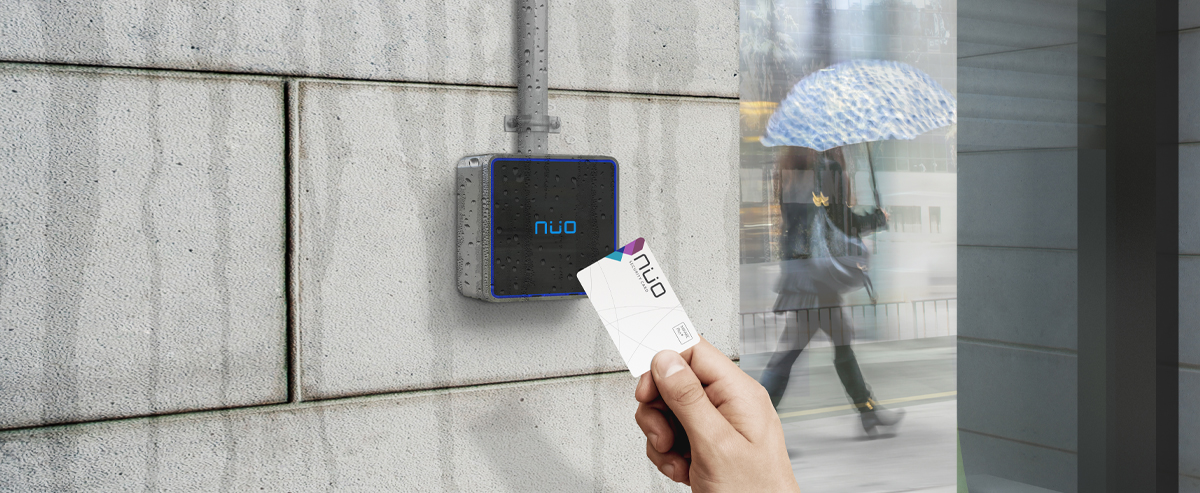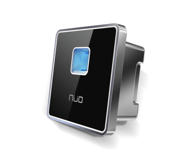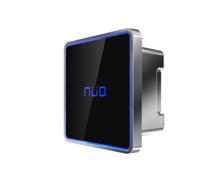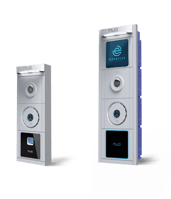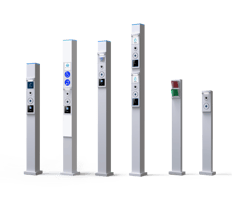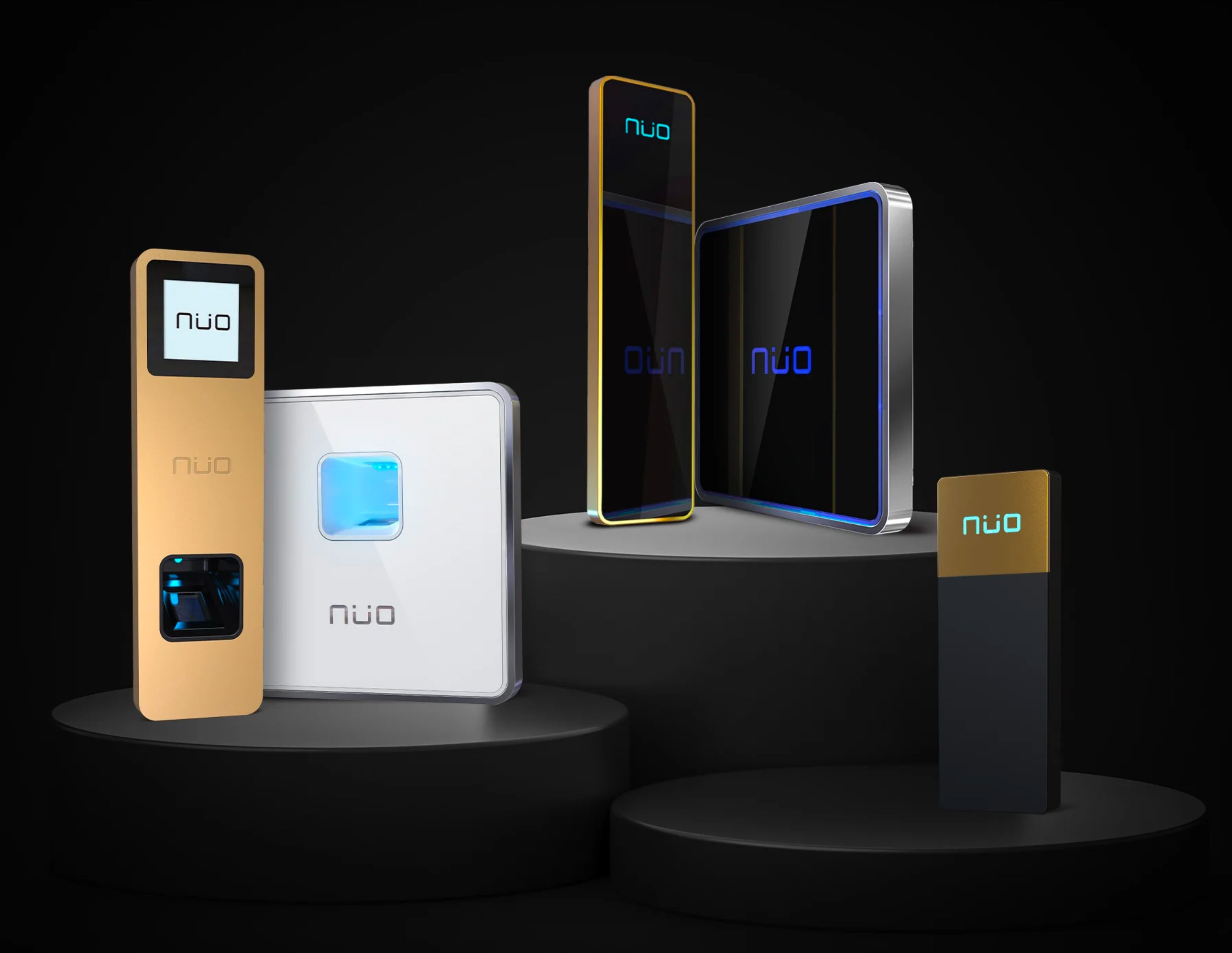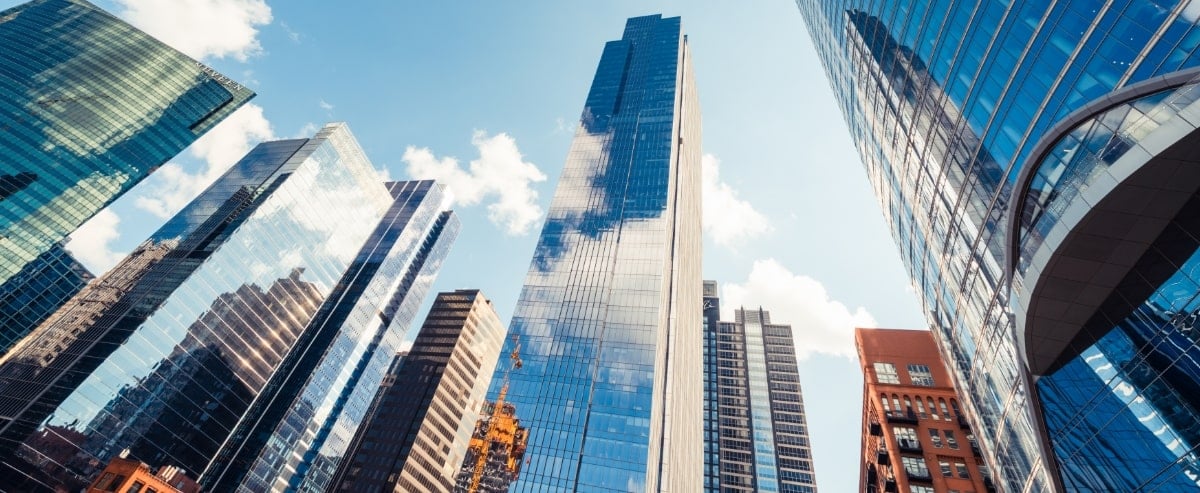What are the degrees of IP protection?
Security | Access | Technology
If you check the technical data of electrical and electronic equipment such as sensors, readers, meters, controllers, etc. sure you will find codes formed by the letters IP followed by two digits, referring to their degree of protection. If you do not understand clearly what they mean, find it below explained in a very simple way.
IP degrees of protection refer to an international standard, which indicates the level of protection of electrical or electronic equipment against ingress: dust or water.
International Electrotechnical Commission (IEC), lays down rules for classifying the different degrees of protection of enclosures for electrical and electronic equipment against external agents, especially human factor or environmental agents. Or what is the same: the degree of protection that the outer coating of the equipment or device has, against the ingress of solids and liquids (mainly dust or water) bodies.
To interpret the degree of IP protection, you should keep in mind that:
|
 |
 |
|
IP references to Ingress Protection and it always appears.
|
The first digit refers to the protection of the device against ingress of solid elements, and it can range between 0 and 6. | The second digit refers to the protection of the device against the ingress of water, and it can range between 0 and 8. |
Thus, the lowest degree of protection we can find is the IP00 and IP68 is the highest. As a rule, we can say that the highest the IP degree, the most protected and isolated is the device against the ingress of external elements.
To be clear about what each value indicates, it is best to take a look at these tables.
First digit. It refers to the ingress of solid bodies
| LEVEL | DESCRIPTION |
|---|---|
| 0 | Without protection |
| 1 | Protected against the ingress of solids up to 50mm. |
| 2 | Protected against the ingress of solid elements up to 12.5mm. |
| 3 | Protected against the ingress of solids up to 2.5 mm. |
| 4 | Protected against the ingress of solids up to 1mm. |
| 5 | Protected against the ingress of dust (the amount that enters does not interfere with the operation of the device). |
| 6 | Completely protected against the ingress of dust. |
Second digit. It refers to the water ingress
| LEVEL | DESCRIPTION |
|---|---|
| 0 | Without protection |
| 1 | Water must not enter when it is dropped, from height 200mm from the device, for 10 minutes (at a rate of 3-5mm³ per minute). |
| 2 | Water should not enter when it is dropped, for 10 minutes (at a rate of 3-5mm³ per minute). This test will be performed 4 times at a rate of one for every 15° rotation both vertically and horizontally, starting each time from the normal position. |
| 3 | Water mist must not enter at an angle up to 60° right and left of the vertical at an average of 11 liters per minute and a pressure of 800-100 kN /m2 for a time not less than 5 minutes. |
| 4 | It must not enter water thrown from any angle at an average of 10 liters per minute and a pressure of 800-100 kN / m2 for a time not less than 5 minutes. |
| 5 | It must not enter water thrown by jet (from any angle) through a nozzle 6.3 mm in diameter, at an average of 12.5 liters per minute and a pressure 30 kN /m2 for a time not less than 3 minutes and at a distance of not less than 3 meters. |
| 6 | It must not enter the water squirted (from any angle) through a nozzle diameter of 12.5 mm, at an average of 100 liters per minute and a pressure of 100 kN / m2 for a time not less than 3 minutes at a distance of not less than 3 meters. |
| 7 | The device must withstand without any filtration full immersion in 1 meter for 30 minutes. |
| 8 | The device must withstand without any filtration full and continuous immersion to the depth and for the time specified by the manufacturer of the product in accordance with the customer, but provided the conditions are more severe than those specified for the value 7. |
A large part of our access control devices have an IP65 degree of protection, ensuring a high level of protection of our devices, durability and smooth operation over time. If you want to know them with further detail, we present some of our readers IP65 of the NÜO Family:

In By we believe in technology and innovation to help development and improve the lives of people.
Do you want to know more about our most resistant readers and videointercom terminals?
Escrito por: NÜO Planet
Categorías: Security, Technology, Essentials
